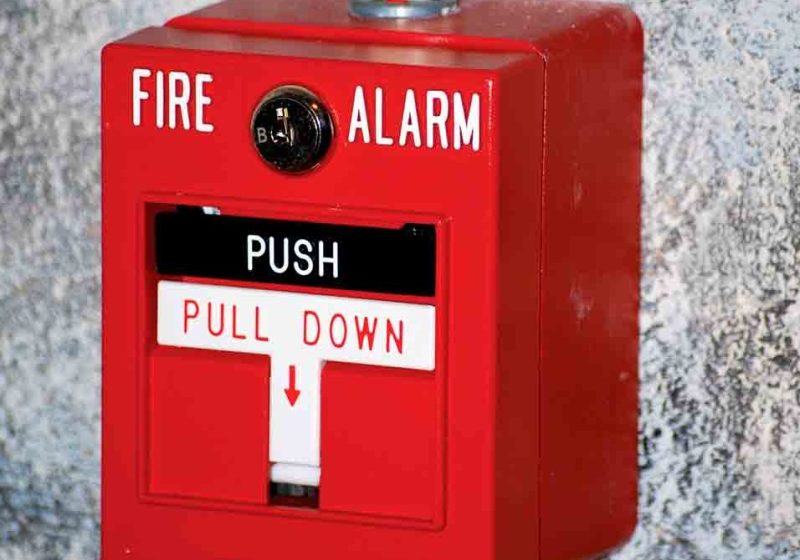Comments on January’s Industry Dialogue, “A Virtual Conversation with Elevator Industry Experts”
Editor’s Note: January’s Industry Dialogue article “A Virtual Conversation with Elevator Industry Experts” sparked many comments and much debate. Here are two such comments that highlight varying viewpoints regarding the idea of alternative testing.
PRO
I would like to comment on the January 2012 Industry Dialogue article “A Virtual Conversation with Elevator Industry Experts,” regarding alternative testing and some comments made. First, there are no intentions to allow remote testing and, furthermore, it would not be possible. This should not be a concern for anyone, and readers should be aware of the requirements that require a full-load baseline test before there can be a comparative test later. Second, ASME A17.1/CSAB44 section 1.2.1 states, “The purpose of this code is to provide for the safety of life and limb, and to promote the public welfare.” The writers chose to exclude the “life and limb” portion to focus on the public welfare, which is a disservice, in my view. Everyone can have input into the process of code writing, but it comes with a responsibility to read all the words, not just those that promote a particular point of view. Lastly, on the ability of mechanics to learn how to perform this test, in my experience, adjusters are the most qualified individuals in all respects, followed by repair mechanics, and the simplicity of this testing is certainly within their abilities. Making the testing of a safety component easier will also promote more testing, which will ensure more elevators are kept in compliance.
I appreciate the chief inspector’s enormous task of providing the critical functions of ensuring elevator safety, and, having been a mechanic, I, too, know the dangers inherent in our industry. I applaud ELEVATOR WORLD’s effort to obtain their views and look forward to reading their insights.
- John W. Koshak, CEI 2346
- Elevator Safety Solutions, Inc.
- [email protected]
CON
CNY Elevator Group, headquartered in Syracuse, New York, and currently practicing elevator consulting, engineering and inspection disciplines, would like to accept the editor’s invitation to “weigh in” on the issue of the proposed code language changes related to “alternative testing procedures – in lieu of traditional safety tests.”
CNY, which includes members of the American Society of Mechanical Engineers (ASME) committees for QEI, inspections, emergency operations, maintenance, repair and replacement, alterations, and mechanical, regularly participates in other ASME task forces and supports the consensus elevator-code process. Additionally, CNY engages in the real-world nuts, bolts, wires and circuits of elevator design and inspection.
From our perspective, CNY endorses the concerns of Chief Elevator Inspector Texas Lawrence Taylor; Chief Elevator Inspector Miami-Dade County Michael Chavez; and Chief Elevator Inspector Washington Jack Day, all of whom approach this subject from the view point of regularly having inspectors’ “boots on the ground.” Like these other inspectors, CNY concurs there is a consistent record of elevator component failures, which only becomes apparent when full-load testing is performed.
It is CNY’s opinion that, as Chavez aptly puts it, when it comes to the safety of the public, “the proof is in the pudding.” Based on CNY’s decades of field experience in installation, fabrication, engineering and inspection, we strongly support retaining the existing system of “putting metal on metal” when it comes to safety testing. While virtual test simulations are great learning tools and can offer valuable data to persons performing monthly maintenance, we do not consider the time and labor required to do just one full-load safety test every five years to be overly burdensome to the building owner.
Again, quoting Taylor (who was himself quoting Ronald Reagan), as inspectors, our motto must always be, “Trust but verify.” In CNY’s opinion, when it comes to safety, if the choice is between a “virtual simulation test” on a real-world piece of safety equipment versus a traditional test wherein “metal meets metal,” the choice is a no-brainer. The elevator industry should not consider it too much to ask to demonstrate, to the satisfaction of the elevator-riding public or their advocate (the independent QEI inspector) that their equipment responds to a real-world emergency as designed. While safety of maintenance personnel is always a concern in our industry, with proper training, five-year full-load tests can be safely performed in the traditional manner. In summary, as they say in Missouri, “Show me!”
- Dan Winslow, CEIS, CNY Elevator Consultants
- Chris Duke, CEIS, CNY Elevator Consultants
- Jim Cosbey, CEI, CNY Elevator Inspections
- Virginia King, PE, CEI, CNY Elevator Engineering
Get more of Elevator World. Sign up for our free e-newsletter.






